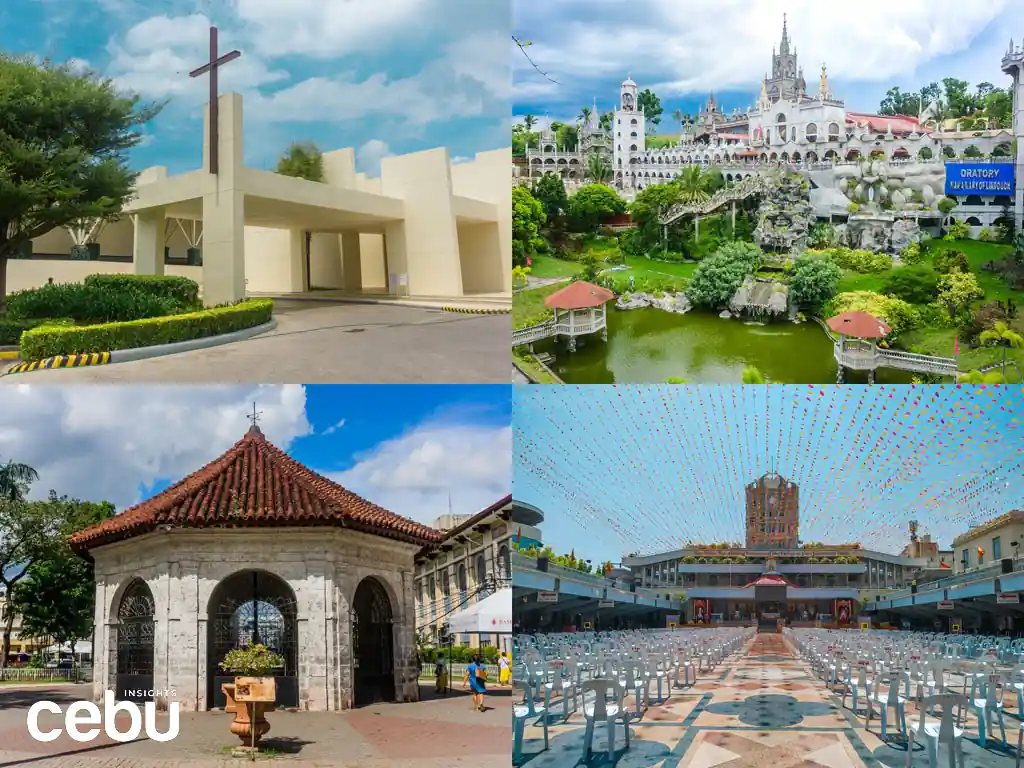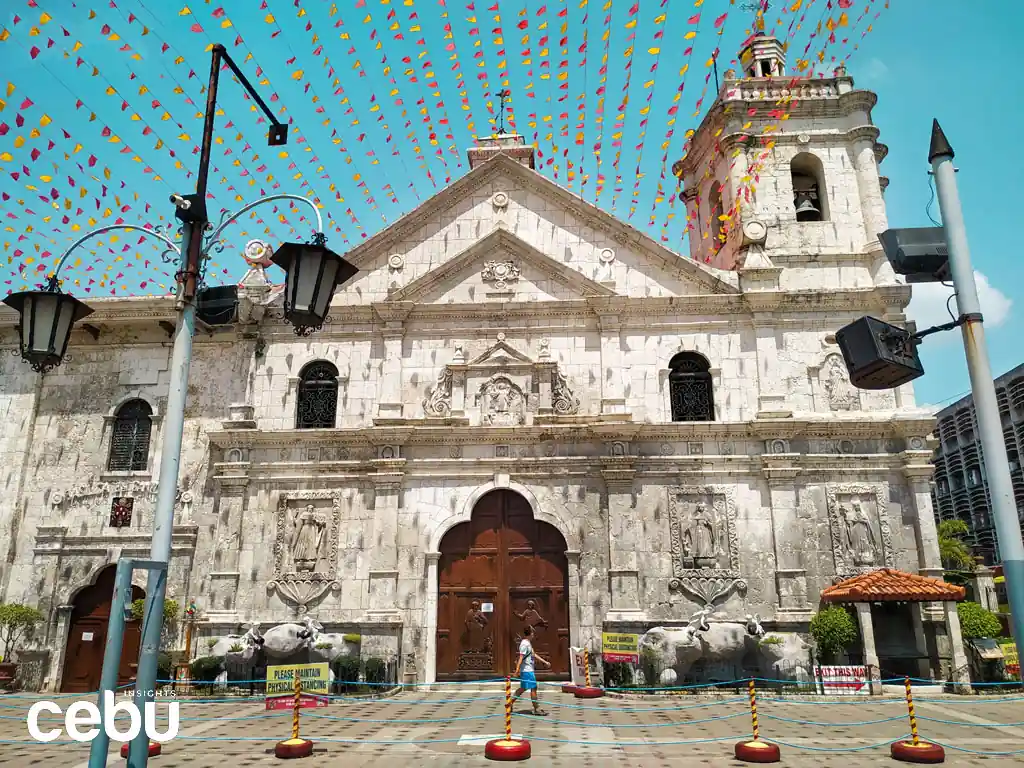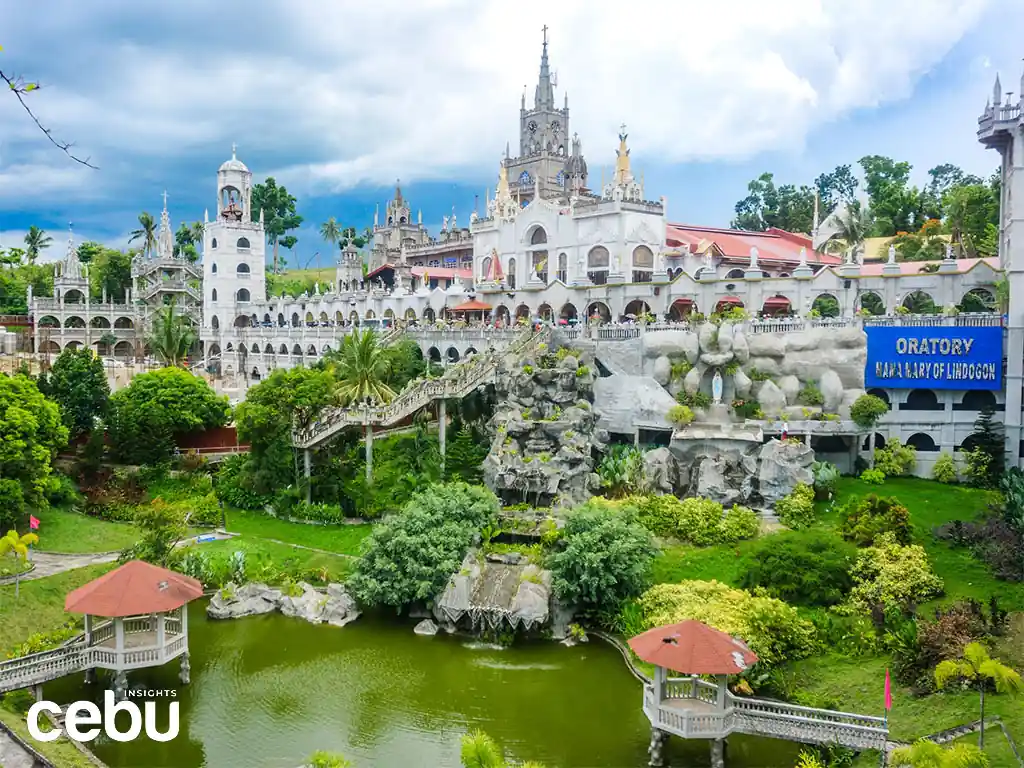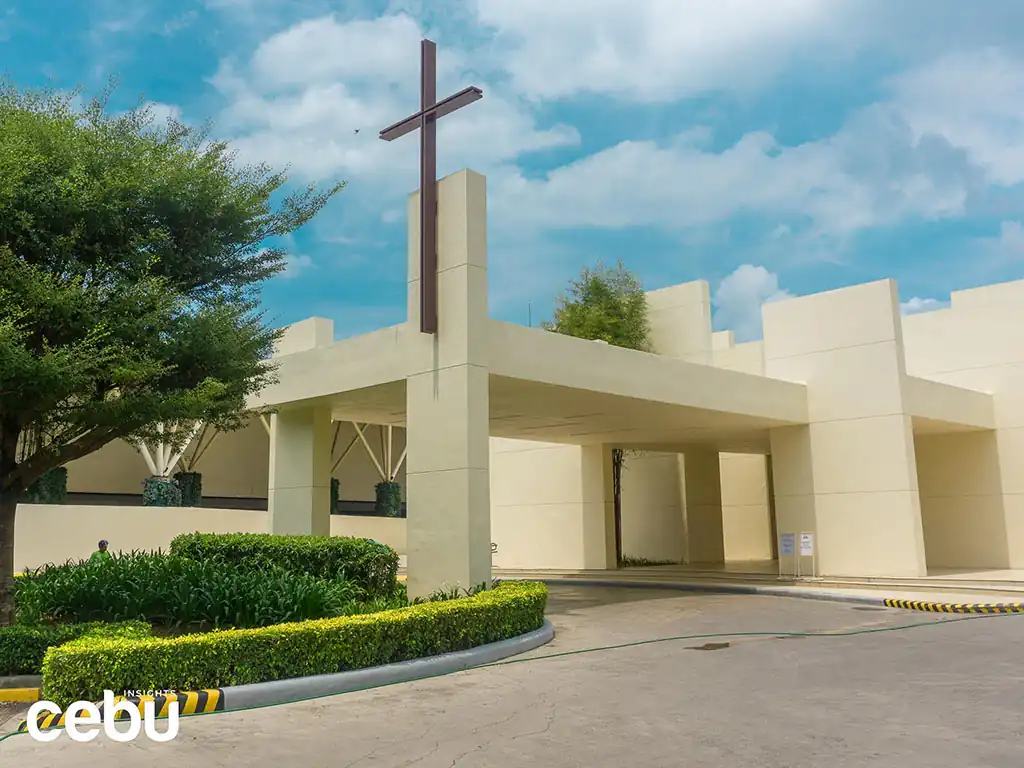Learn about the religious history of Cebu through these sacred places.
The Philippines ranks third as the country with the most Catholics in the world. Over the years, Catholicism has played a vital role in the lives of Filipinos and continues to do so to this day.
As the first Filipinos to convert to religion in 1521, Cebuanos have built a number of sacred places that have become must-see attractions for tourists and locals alike.
A tour of churches, shrines, and temples showcases the rich history of Christianity on the island. Aside from being places of worship, some of these locations serve as a place of celebration and appreciation.
Some venues also have a significant history and impact on Christian religion in the Philippines.
Magellan’s Cross marks the beginning of the most practiced religion in the Philippines.
MAGELLAN'S CROSS
The Magellan’s Cross is among the most well-known historical landmarks in Cebu. The chapel houses the wooden cross that Portuguese explorer Ferdinand Magellan planted when he arrived on the island in 1521.
Magellan led the expedition to convert the Philippines to Christianity. Together with his men, along with Fr. Pedro Valderrama, they held the first mass and baptism in Cebu at the exact spot where the cross was planted.
A mural on the ceiling depicts this historic moment.
The original cross was encased in Tindalo wood, as visitors at the attraction would chip at the cross, thinking it would perform miraculous feats.
Today, hundreds of devoted Catholics visit the site to light candles and offer prayers.
Basilica del Sto. Niño is one of the oldest churches in the Philippines.
BASILICA DEL STO. NIÑO
Right outside the Magellan’s Cross is one of the oldest churches in the Philippines, the Basilica del Sto. Niño. Built in the 16th century, the church houses the original image of the Sto. Niño – the patron saint of Cebu City.
Like many other Filipino churches, the Basilica uses traditional construction features, like stone facades, that help them withstand natural disasters.
However, officials rebuilt parts of the church several times following tragedies, including a fire and an earthquake.
The Basilica still stands tall in the 2020s, being the official venue for the nine-day novena masses during the Fiesta Señor, the religious celebration of the Sinulog Festival.
Locals and tourists also visit the church regularly to attend mass or offer prayers.
Sacred places like the Simala Shrine are full of wonder.
SIMALA SHRINE
Most Cebuanos will be familiar with Our Lady of Lindogon Shrine, also known as the Simala Shrine, located in the Southern town of Sibonga. Thousands of devotees climb the tall steps to this miracle church to offer prayers to the Virgin Mary.
The church is said to have answered numerous prayers in the form of miracles, as claimed by board exam passers and the sick that were cured. Devotees also line up to touch the image of the Virgin Mary, which is housed inside.
There have been accounts that the image of the Virgin Mary shed tears during one of her birthdays on September 8. This date is one of the busiest since many devotees visit the shrine to touch the miraculous image.
The church is also famous for its candle lighting area, where they provide colored candles that you can use based on specific intentions. These include petitions of love, employment, and the repose of the souls.
One of the more modern churches in the Philippines is named after the first Cebuano saint.
SAN PEDRO CALUNGSOD CHAPEL
Most sacred places in Cebu are known for their historical significance, while others are known for their breathtaking structure. One example is the San Pedro Calungsod Chapel, which has modern-day architectural features commemorating the first Cebuano to be canonized as a saint, Pedro Calungsod.
Calungsod was a native of Ginatilan and is considered the Patron of Catechists. At 13 years old, he joined a group of Spanish missionaries traveling to the Marianas Islands to teach the locals about Christianity.
Calungsod was martyred by assassins in Guam in 1672 after he and another priest baptized the village chief’s daughter. He was only 17 years old.
What makes the San Pedro Calungsod Chapel unique is the 100 solid walls used by architect Carlo Arnaiz for the church’s construction. The walls create the illusion of the structure being solid on one side and layered on the other.
Cebuanos celebrate religion in many different ways. Visiting these sacred places helps you learn more about the religious culture of Cebu.
While there are many more we can add to the list, the four mentioned above are among the most famous and visited throughout the years. Regardless, all religious locations in Cebu have distinguishable features that help you embrace the faith.














